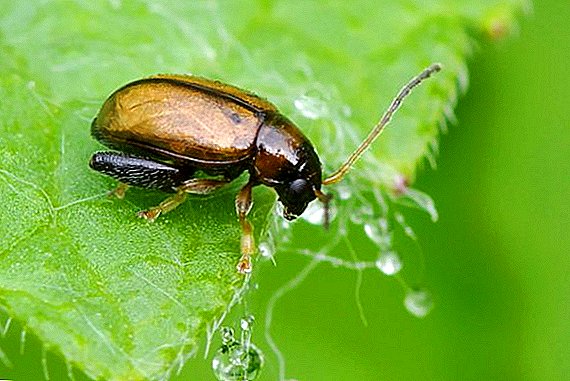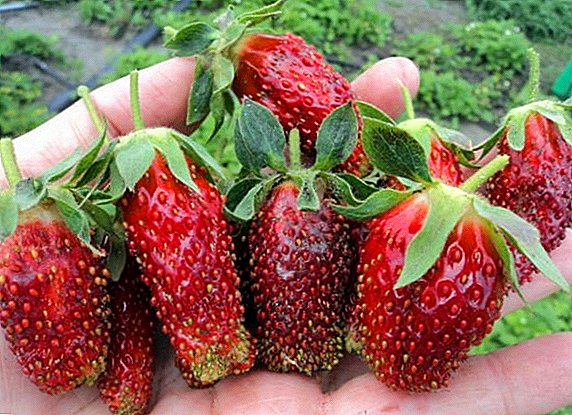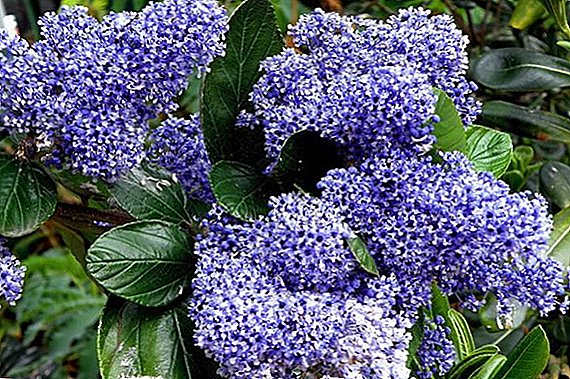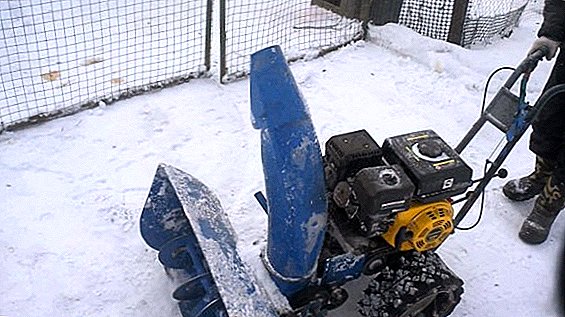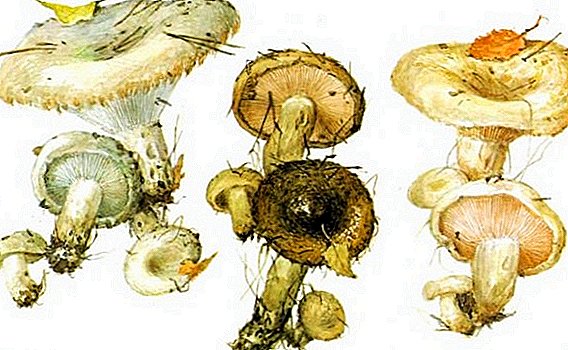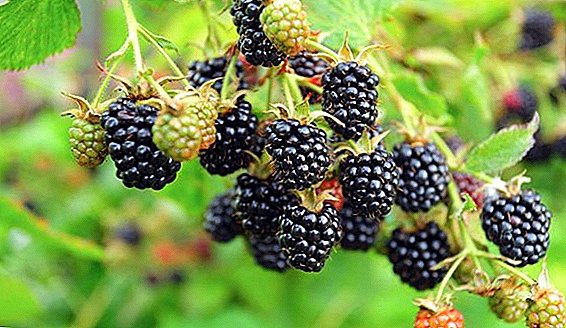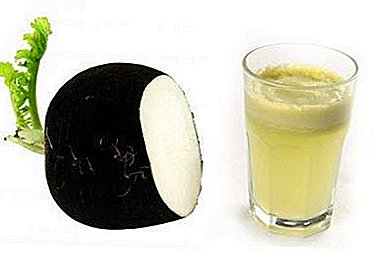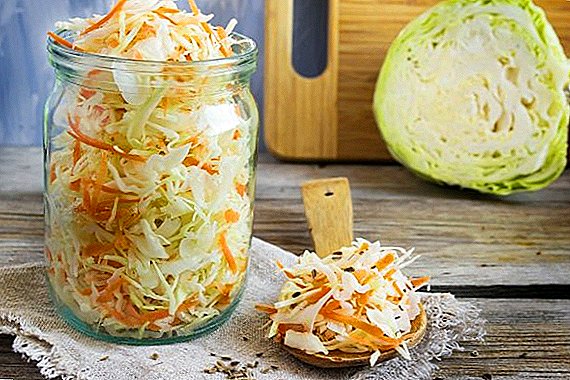 Walking in city parks, where there is a pond, or near the reservoir, where people often rest, you can meet wild ducks. Their population is increasing every year. They not only chose artificial reservoirs as their main habitat in the summer, but in the winter they are not in a hurry to leave them. This behavior of migratory birds is due to the fact that people are increasingly feeding them. This article will discuss how and how you can feed wild ducks.
Walking in city parks, where there is a pond, or near the reservoir, where people often rest, you can meet wild ducks. Their population is increasing every year. They not only chose artificial reservoirs as their main habitat in the summer, but in the winter they are not in a hurry to leave them. This behavior of migratory birds is due to the fact that people are increasingly feeding them. This article will discuss how and how you can feed wild ducks.
Do I need to feed the ducks
In the wild, these birds are unpretentious in the matter of food. Therefore, very often in their diet there are grass, clams, roots, small fish, insects, algae, seeds or berries, as well as mosquito larvae, tadpoles, plankton, algae and small frogs.  Such a variety in the diet helps to preserve the natural instinct, which is well developed in these birds. In winter, he pushes them to move south.
Such a variety in the diet helps to preserve the natural instinct, which is well developed in these birds. In winter, he pushes them to move south.
But if the mallard gets used to the fact that it is not necessary to extract food itself, then the natural signal to start the migration (reducing the amount of food) does not work. Feeding people up to the very beginning of winter discourages ducks from flying to warm lands.
You may be interested to learn about the peculiarities of domestic breeding of birds such as quail, guinea fowl, peacocks, ostriches, partridges.
Naturally, with the onset of cold weather, the rest in the park becomes less and, accordingly, food. The reservoirs are covered with ice, and the birds are looking for a suitable place in the nearby lands. Not finding such, they return to the pond and some of them die, freezing in the ice or from falling into the hands of urban predators.
Also, ducks as a result of prolonged feeding by a person get too much trust in him, which is why they often suffer from the actions of some unkind representatives of our society. 
How to feed wild ducks in the pond
First of all, it should be understood that it is impossible to feed ducks with different types of bakery products. Yes, having found that abandoned rusks are edible, the mallards will be happy to pick them up, however, such food, full of fats and yeast, poor in fibers, is very poorly digested.
Did you know? The record for obesity among wild ducks belongs to one person living in the USA in the state of Pennsylvania. Tourists fed her up to 4 kg.
And rye bread is the most dangerous for the health of the duck, as it causes fermentation in the goiter and as a result poisons the body.
There is a misconception that crackers do not have such a negative effect on the body, like plain bread. However, even small croutons can swell up strongly inside the bird after the passage of the digestive tract.
Do not feed the ducks all that you eat. The bird can pick up those products that are harmful to her without disassembling. Moreover, food that has been in water for too long can be covered with harmful fungi and bacteria.  One of the rules of "good tone" in feeding ducks is to leave food for them on the shore, rather than throwing it into the water. Thus, you not only do not litter the reservoir, but also prolong the shelf life of those products you are trying to feed the ducks with.
One of the rules of "good tone" in feeding ducks is to leave food for them on the shore, rather than throwing it into the water. Thus, you not only do not litter the reservoir, but also prolong the shelf life of those products you are trying to feed the ducks with.
Important! In no case do not feed the ducks with food on which mold is noticed, as there is a possibility that the bird will eventually become sick with aspergillosis. This disease can cause the death of all livestock.
It turns out this is due to the fact that you do not create additional conditions for the reproduction of microorganisms that contribute to decay.
Summer
During the summer period, the mallard should be fed only under certain conditions: either if there are any problems with their habitat, or when the population has become too large, or in relation to wounded and sick birds that cannot get food themselves. 
Feeding products:
- Grated hard cheese varieties. One should choose one that remains afloat for a while and will be picked up by the ducks almost immediately in full.
- Oatmeal. You can simply boil the porridge and, rolling it into balls, throw straight to the birds.
- Boiled vegetables, cut into small cubes.
- Fruits and berries. It is enough to cut them into small pieces and give to the mallards.
- Aquatic plants such as duckweed or algae. They are a rich source of vitamins. Suitable for feeding both fresh and raw.
- Special feed for ducks, which are sold in pet stores. They are produced in granules and keep well on the surface, not dissolving, if you still decide to throw them right next to the bird. If the dressing is left on the shore, it is better to moisten this feed with water a little - it will not stick to the beak.
In winter
In the cold period of the year, the birds remaining in our latitudes can be fed up, but you should definitely do it correctly, observing some subtleties in the choice of products. It is important to compensate for the lack of important trace minerals, vitamins and protein. 
- Corn. Universal culture for most birds. It is rich in fiber, vitamins and proteins, especially those varieties that have a more saturated yellow color.
- Legumes Peas and beans are great for ducks. However, they are too large for mallards, so the beans will have to grind.
- Wheat. It is better to use special varieties designed for feeding birds. These varieties are saturated with proteins, vitamins of group B and E. But millet is also suitable as a cheap option, which in our time rarely gets on the table for a person.
- Oats. It is very relevant in the winter, as it contains up to 5% fat and a large number of amino acids.
- Barley is well suited for the basic feed for ducks. Moreover, its appearance does not matter: wholegrain, germinated, macerated or any other type. It should be avoided only to give it to the young, as the chicks need their own "diet."
Cereals can be given both in a dry form, and in germinated. Moreover, in germinated form, you replace the lack of greenery in the diet of the bird. Also, for a more comprehensive feeding will be useful to combine different varieties of cereals.  Most often mixed "by eye", but at the same time adhere to the rule that the barley in the mixture should be 30-35%.
Most often mixed "by eye", but at the same time adhere to the rule that the barley in the mixture should be 30-35%.
Important! In winter, the duck's body requires almost 2 times more feed than in summer.
As an additional protein supplement to the nutrition of the bird, you can include bone meal, fish or meat waste, and even low-fat cottage cheese. Remember that this is only a supplement to the diet and is not the main product.
For vitamin enrichment of the mixture, you can add dried grass (in particular dandelions), root vegetables, pumpkin, zucchini or cabbage. As savings, you can use leftovers and trim. For example, faded dill or cleaning of the above vegetables, carrots or lettuce well complement the diet of birds.  It is better to chop hard food to make it easier for ducks.
It is better to chop hard food to make it easier for ducks.
In winter, to ensure proper digestion, a duck will also require a source of calcium. They can be shredded eggshell, shell rock, chalk, or even coarse sand.
Important! The content of pumpkin and zucchini in the feed should be kept minimal, since these products have some laxative effect.
How to feed wild ducks at home
Most often, the diet of domesticated mallards is no different from that of domestic ducks.
Youngsters
Starting from the first days, young ducklings are set a feeder and drinker. You can feed them chopped boiled egg. A day after the ducklings hatch, they begin to eat on their own. 
Some poultry farmers recommend using starter feed, which contains all the necessary nutrients for the body of a young chick.
A few days later, when the ducklings are getting stronger, they add crushed cereal to the egg and put cottage cheese into the diet. It is also necessary to ensure that there is always clean water in the drinker.
Important! The obligatory component in the diet of ducklings should be protein, so already on the 3rd day they can be given meat or fish mince, as well as bone meal.
It is necessary to feed the young stock every 2 hours, until they are 5 days old. In the future, this interval is gradually increased. The mode of feeding the monthly chicks is reduced to 3 meals a day. 
10-day old ducklings can be given greens, pre-chopped, and boiled vegetables. As greenery, you can use grass or add a little duckweed, which is a natural source of green food for these birds. At this stage, boiled egg and cottage cheese are removed from the diet.
Food that is given to chicks should be crumbly, as they have not yet learned how to clean their beaks from moist food. After the ducklings replace their down with feathers, they can be fed like adults.
If wild ducklings are kept in natural conditions and are not isolated from adults, then they rather quickly learn to independently feed themselves. They spend a lot of time looking for worms and larvae, which are an additional source of protein. In addition, they are very friendly and try to take care of each other, even if there is no female near. 
Adult ducks
The diet of adult ducks should consist of:
- greenery (grass, algae, duckweed, etc.) - 50%;
- cereals (crushed grain and legumes) - 30%;
- bran - 10%;
- oil cake - 7%;
- root crops;
- fish and meat waste;
- crushed shell rock and chalk;
- salt.
Did you know? In the wild nature of the reservoirs, getting food, ducks are able to dive to a depth of 6 m.
To feed wild mallards it is necessary 2 times a day with mash and for the night to give whole grains, which will allow for a long time to quench the feeling of hunger. It is necessary to prepare wet food for 1 time, and its quantity to count so that the feeding trough was empty for 30 minutes. This approach will protect food from souring. 
Balanced feed can be done at home.
To prepare 1 kg of feed you will need:
- 250 grams of corn;
- 250 g of wheat;
- 200 grams of barley;
- 50 g peas;
- 50 g of bran;
- 80 g of sunflower meal;
- 20 g yeast;
- 40 g of bone meal;
- 50 g of chalk and crushed shell;
- 8 g of salt;
- 20 g of feed fat.
You need to make sure that the bird always has clean water, and you also need to install a container with a shell and gravel. Sand helps the duck's digestive system, so you should also take care of its availability. 
When feeding wild ducks in a pond, you need to remember one golden quotation from Antoine de Saint-Exupéry: "We are responsible for those who have been tamed." Indeed, by providing a source of food for a wild bird, we dull its natural survival instinct.
However, even if these birds settled for a long time, it is necessary to provide them with a balanced diet throughout the year.


